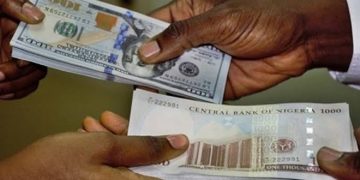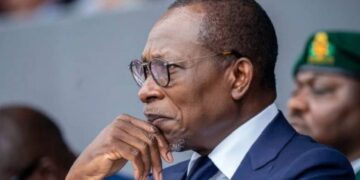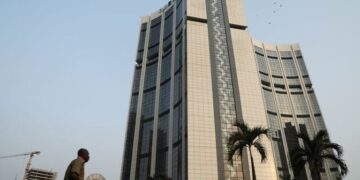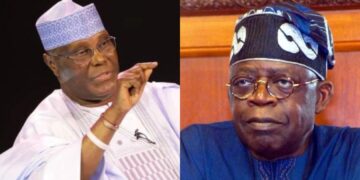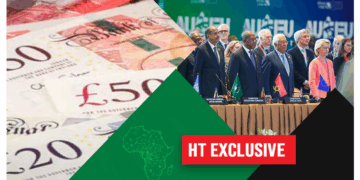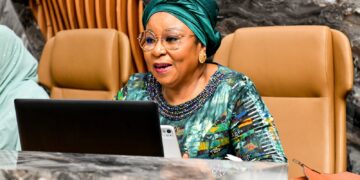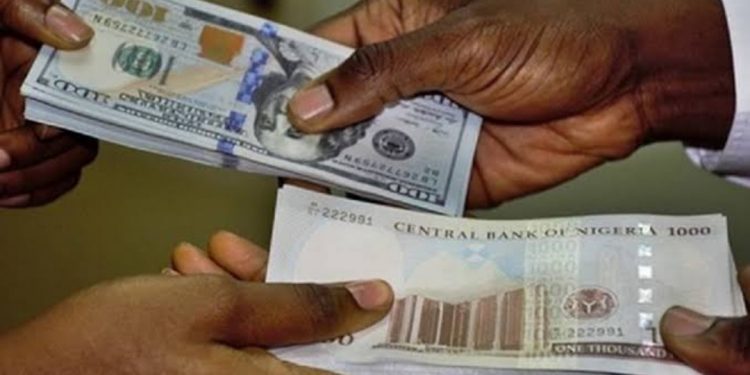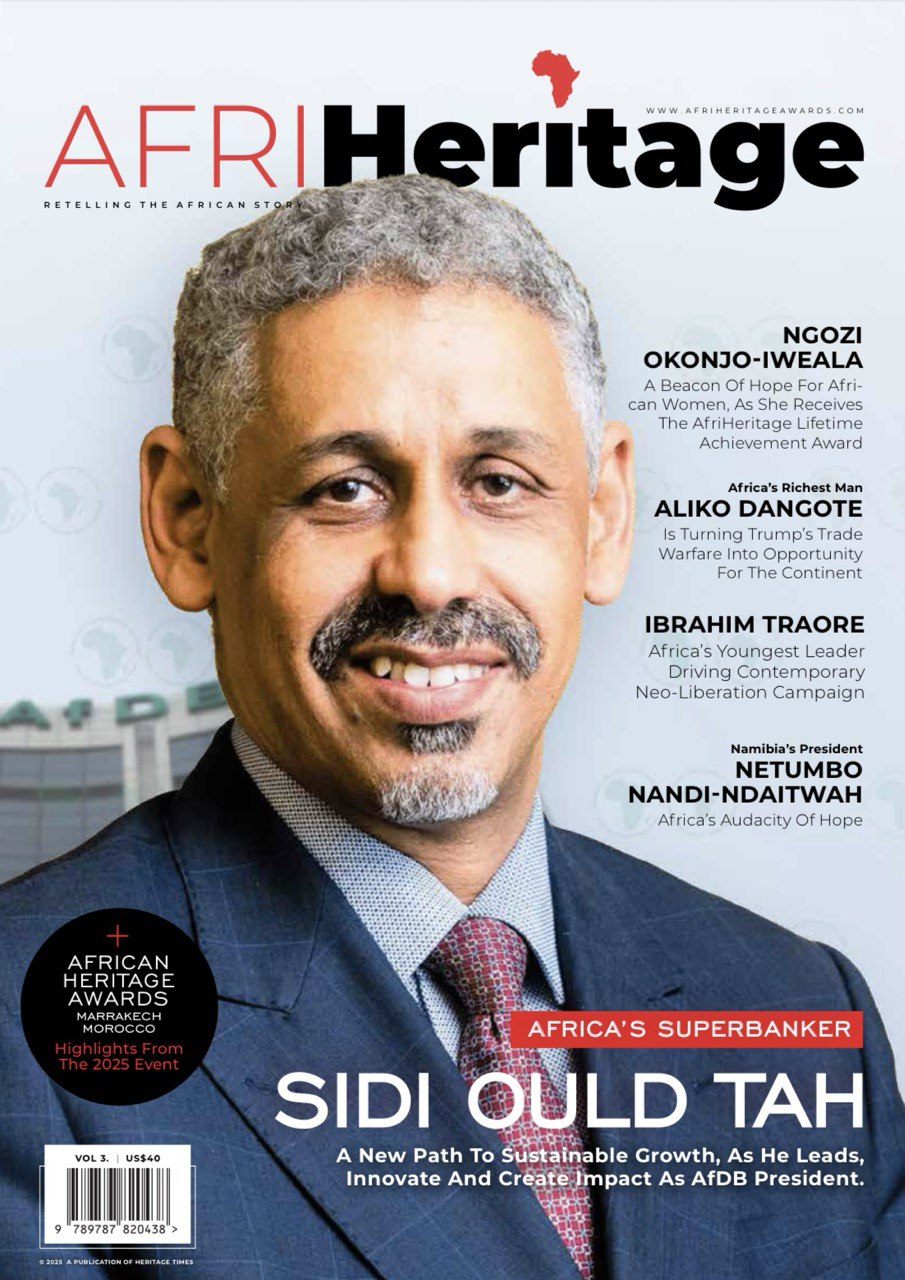By John Ikani
The revised Investor and Exporter (I&E) window recorded the highest gap between the official exchange rate and the parallel market rate on Wednesday, July 5th, 2023.
The official window closed at an exchange rate of N742.31 per US dollar, while the average rate at the parallel market stood at N780/$1.
The disparity marks the largest difference observed since the introduction of the revised I&E window.
The market commenced with an exchange rate of N764.31/$1, with an intra-day high and low of N820/$1 and N600/$1, respectively.
However, it later retraced and concluded the day at a stronger rate of N742.31/$1, surpassing the N768.44 recorded on Tuesday, July 4th.
With a remarkable gain of 3.40%, the exchange window experienced a significant rebound following a 3.61% depreciation on Monday, July 3rd, 2023.
The rise stands as the second-highest since June 16th, indicating a potential recovery in supply.
The I&E window also observed a substantial increase of 21% in the volume of foreign currency transactions, amounting to $89.37 million.
The reversal of the previous two trading days’ decline in forex turnover suggests a renewed market activity.
On the other hand, the unofficial parallel market witnessed a depreciation of the naira against the dollar, closing at N780/$1 on Wednesday.
This represents a 0.78% decrease compared to the previous day’s rate of N774/$1 and creates a N38 divergence from the official exchange rate.
In the P2P market, which facilitates the exchange of dollars for cryptocurrency, the exchange rate hovered around N787.5/$1.
The widening divergence in foreign exchange rates has raised concerns as it indicates a growing demand for forex in the parallel market, which is considered smaller in size compared to the investor and exporter window.
Market observers speculate that the increasing gap could be attributed to the black market’s ability to meet the demand.
Many traders are closely monitoring the investor and exporter window, which aims to regain its position as the official destination for currency trading.
Meanwhile, the FMDQ has introduced revisions to the computation methodologies of its foreign exchange rate-fixing products, effective from Wednesday, July 5th, 2023.
Going forward, the Nigerian Autonomous Foreign Exchange Rate Fixing (NAFEX) and the Investors’ and Exporters’ (I&E) FX Window Spot Rates will be determined based on actual transaction data from the forex market, rather than indicative quotes provided by market participants.
The shift from using indicative quotes to actual transaction data is expected to have a significant impact on the determination of foreign exchange rates.
The previous approach was susceptible to manipulation as it did not necessarily reflect the actual price at which trades were executed.
By adopting a transaction-based method, the revised computation will provide a more accurate reflection of market reality and aid in price discovery.
Traders are likely to respond to these changes by recognizing that closing rates are no longer mere quotes but are based on real transactions.
The realization, coupled with the influence of supply and demand dynamics, will contribute to a more transparent and efficient price discovery process in the forex market.
